A Rodeo and Getting Separated from the Parade
Plus, a young woman with very strong legs
Essay note: I was so excited to go to a small-town rodeo like I remember from my childhood that I forgot to bring my pro camera and lenses. I’m so used to grabbing iPhone shots that I missed not putting my gear in the car. No matter. More time in the moment and the simple joy of living. I pulled up some rodeo shots I took a few years ago in North Dakota to give you a feel for a rodeo in a small town. Happy Fourth of July!
We went to a rodeo in Glenwood, Washington at the foot of Mt. Adams on Father’s Day. It was a cold, windy day for June, cold enough to wear a winter jacket, and the clouds threatened rain. I’ve always loved rodeos since I was a kid in Evergreen, Colorado and would go every year in our small mountain town. When I was nine years old I was part of the parade that went from the parking lot of the ski shop where my mom worked during the winter months, passed the lake where we would ice skate, and on through Main Street with people watching from both sides of the street. The parade on Saturday morning would kick off the weekend of all things rodeo, a family affair of horses and heritage.
The Evergreen Parade and Rodeo on Father’s Day of 1972 would start with a parade followed by the rodeo in afternoon and evening. The parade included my mom and her friend and horse trainer, Helen Beale. It was a big test for our two Morgan horses, Cindy and Bell, to ride down main street with all the noise and distractions that could easily spook an inexperienced horse. My mom, with help from Helen, broke and trained them straight off a ranch in North Dakota. They were both dressed in Spanish-American clothes with a wide brim, flat-top bollo hat to match. They were chosen to ride at the front of the parade.
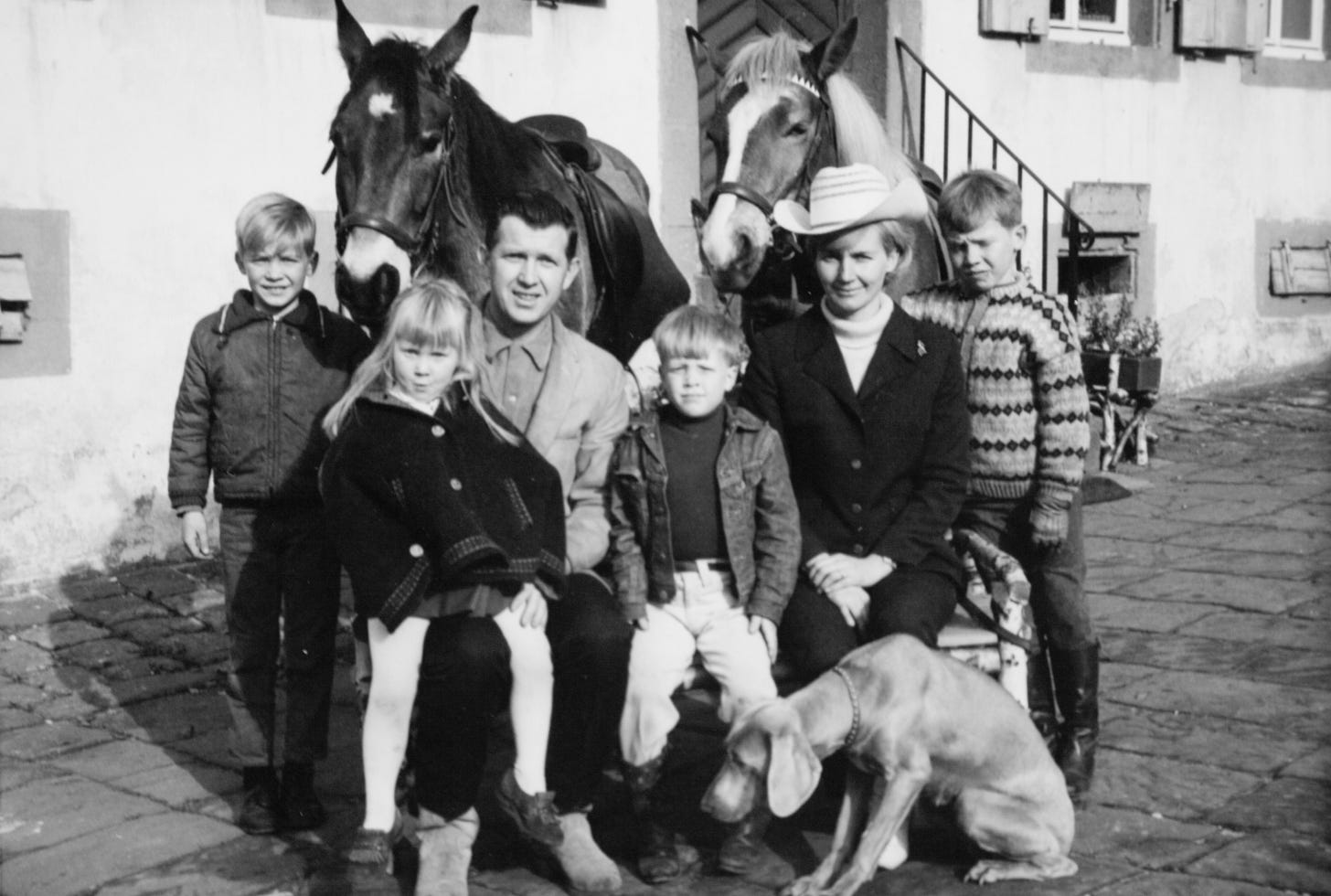
My sister and I were included in the parade as part of a group of elementary school kids dressed in a circus theme. I was the ring master and lion tamer and my sister was a tiger cub. Other kids filled out the group in animal outfits and some dressed as circus performers—a strong man, a bearded lady, and a trio of arial artists. My sister had a simple pull-on, stripped tiger suit with a matching hat that would tie under her chin. I had a black top hat, a red satin vest, and a topcoat with tails. My mom painted a curly mustache and beard on my face with a black wax pencil. I carried a whip to keep my charges in line, and to keep the our section up with the parade. We would march behind my mom and Helen at the front.
My sister was only seven years old and she soon fell behind in the exceptionally hot day. Her face became red and beads of sweat formed on her nose and no amount of pretend whipping would motivate her to catch up. By the time we hit the Little Bear Saloon about midway down main street, we had fallen to the back of the parade, with my sister no longer interested in walking at all. As more space between us and the parade began to open up, I felt the crowds notice our situation, pointing and whispering. At least that’s how it felt to me. The more I used my whip to egg her on, the more the crowd livened up and began to cheer for us. I was embarrassed and mad and couldn’t wait for it to be over and thought I would just leave her there. Knowing what my mom’s reaction would be if I did leave her, I gathered myself and, with a cold drink gifted us from the crowd, we made our way to the end.
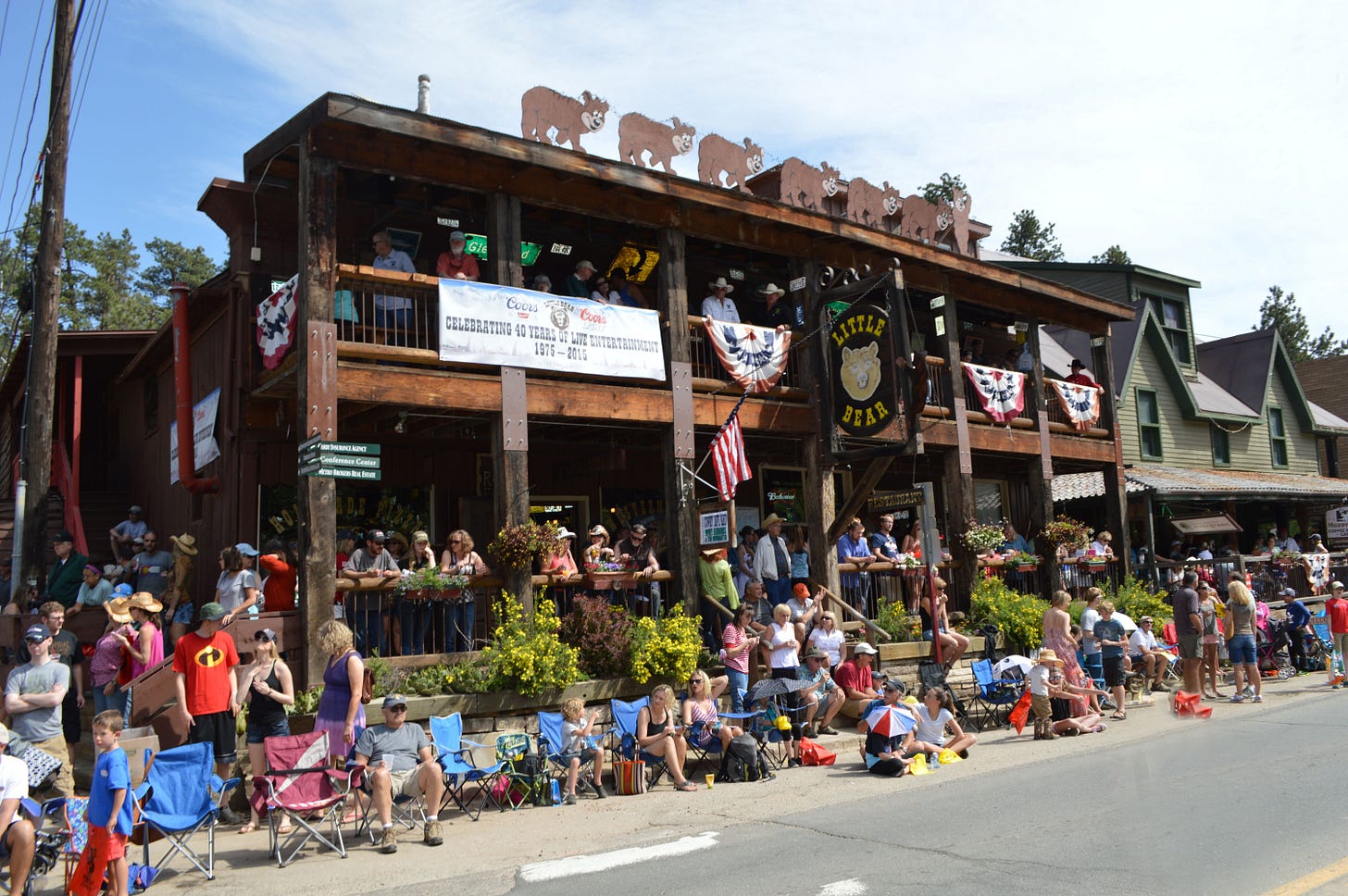
The rodeo in Glenwood, Washington, a very small town one hour north of Hood River, Oregon, brought back memories of the Evergreen Rodeo. The smell of corn dogs and horse manure and the sounds of cows and the rodeo announcer and bucking horses bolting out of the chute was comforting to me and my childhood memories.
As a teenager, my dad would photograph his hometown rodeo in Towner, North Dakota with a 4x5 camera from inside the ring. When I had the opportunity to revisit the Towner Rodeo with him a few years ago I took photographs, but from the safety of the stands with my telephoto lens. I walked in the boots of my dad as he came of age in Cattle Country, his love of horses and photography and a long tradition of rodeo in Western heritage, a history that my mom, a native Norwegian, came to embrace. Absorbing my dad’s memories of his rodeo youth while he was still alive is a place I can revisit with him whether it’s in Towner, Evergreen of Glenwood.
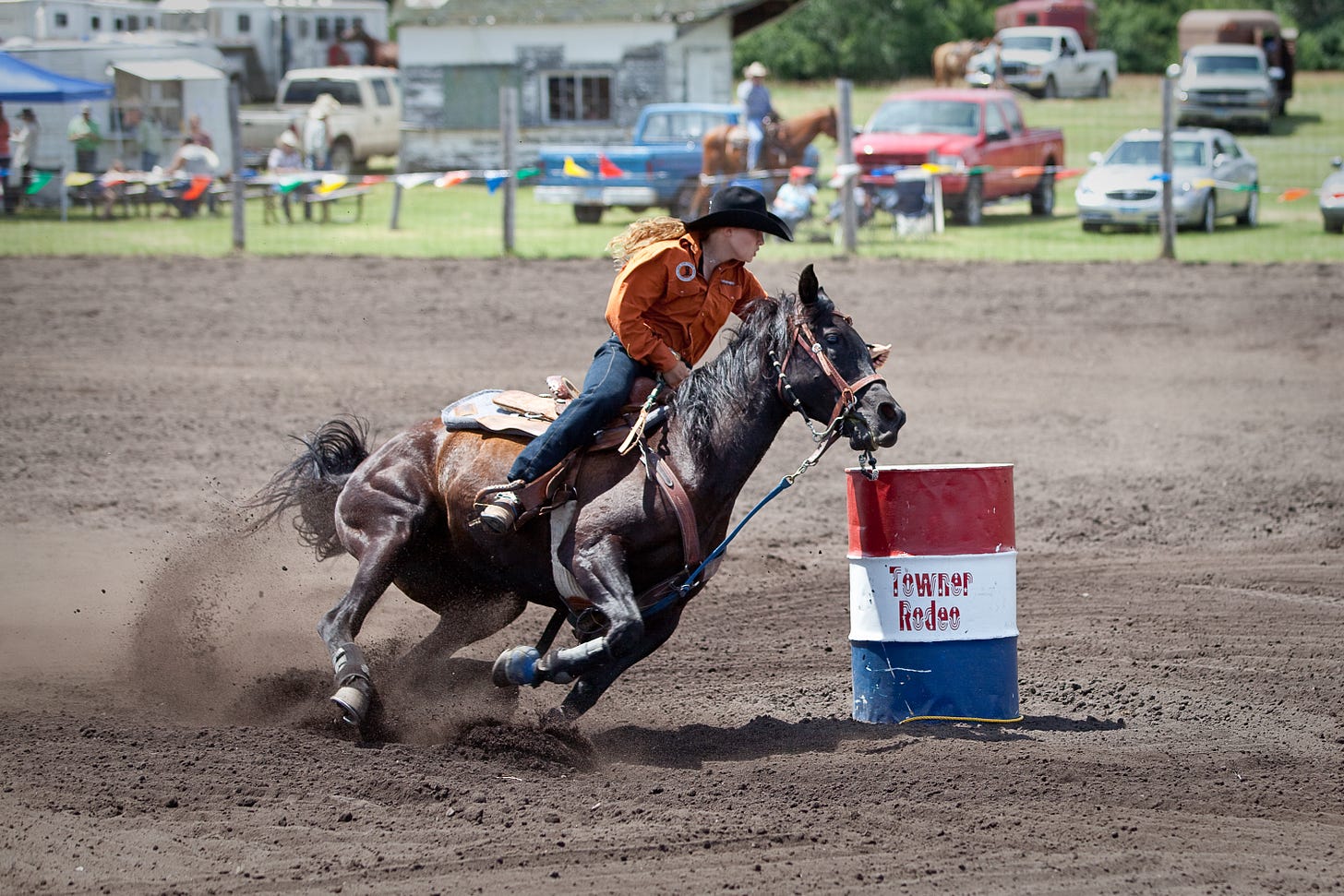
And so I felt a rush of awe as I walked up the ramp to the bleachers of the Glenwood rodeo just as a girl on a Palomino holding a large American flag galloped past me close to the fence of the arena, her horse audibly snorting and sucking air, her well-worn saddle squeaking as she leaned into the gallop, her reign hand up high and forward on the neck, willing her horse to go faster. The flag, set on a six foot dowel and locked firmly into her stirrup, rippled behind her as the crowd cheered and the announcer encouraged us to cheer louder.
As a boy I was transfixed by the bronc busting and bull riding events. A friend of mine had an older brother that rode bulls. He had a homemade contraption where he drilled four corners of a 50 gallon oil drum and using heavy ropes, tied it three feet off the ground between trees just the right distance apart. Once seated on the drum with his hand strapped to the grip, he would give a quick node and others would pull wildly on the ropes to simulate a bull ride, trying to dislodge him from the imaginary bull. I didn’t have much success when I tried it, but I was fascinated by the idea of doing anything challenging for eight seconds.
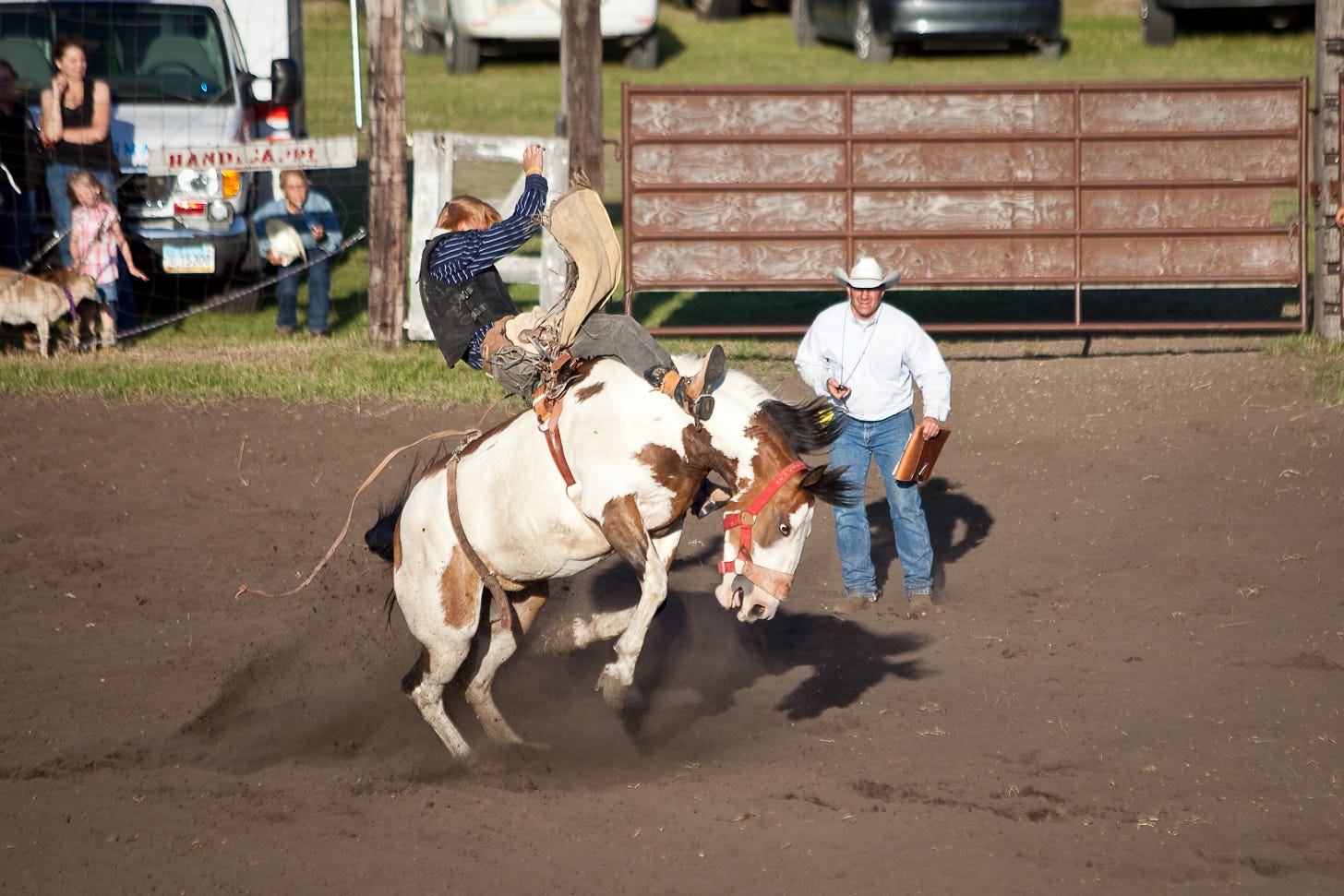
I didn’t pay much attention to the girls events back then. But now, at the age of sixty, I found the barrel racing more interesting, more challenging, a feat of skill between horse and rider that can take years to perfect. Eight seconds on a bucking horse or bull takes courage, balance and practice, yet it relies on a surge of testosterone and a little crazy to stay on an animal bred to knock you off. To earn a buckle you have to lose something of yourself along the way. A ten year old girl, no more than 50 pounds, got the best time of all riders in the barrel race event, becoming one with her 1,200 pound horse, three barrels, the crowd, with a dead sprint to the finish.
I think the most impressive thing I saw at the Glendwood rodeo was a trick rider on two horses, a young woman in a circus-type outfit with a red ribbon in her hair and red forearm sleeves that made her look like a superhero, standing with one foot on each horse as she rode around the arena waving to the crowd. She reminded me of one of the kids dressed as a trapeze artist at the Evergreen parade. She wrapped the forelegs of both horses with red support bandages to match the accents in her outfit so their combined eight hoofs looked like a blur of crimson against the brown arena dirt as she galloped past us, a smile on her face. The announcer told a story of how she rescued one of the horses as “unridable” and was told it would never be much more than a pasture horse. Through time, she gained their trust and trained the horses to ride through a ring of fire. The lesson of her patience, skill and love of her horses to create her act and perform it at small town rodeos like this one is an image that will last with me longer than an eight second bull ride. But most of all, the strength of this young woman’s legs impressed me, as I find it difficult to squat down to tie my own shoes. I think I’ll add a squat routine to my workout.
After her act, the bull riders were up next to end the rodeo. I would ordinarily stay until the end, no matter what, to see this event, but big raindrops began to hit around us and we decided we couldn’t top the barrel racing and trick rider events and made our way out of the stands to our car parked in the nearby trees. The sky had darkened during our stay and the cold wind never stopped The dry dust that was blowing when we arrived was tamped down by the rain, and we sat in our car with the heater on and the windshield wipers going before heading south to Oregon.



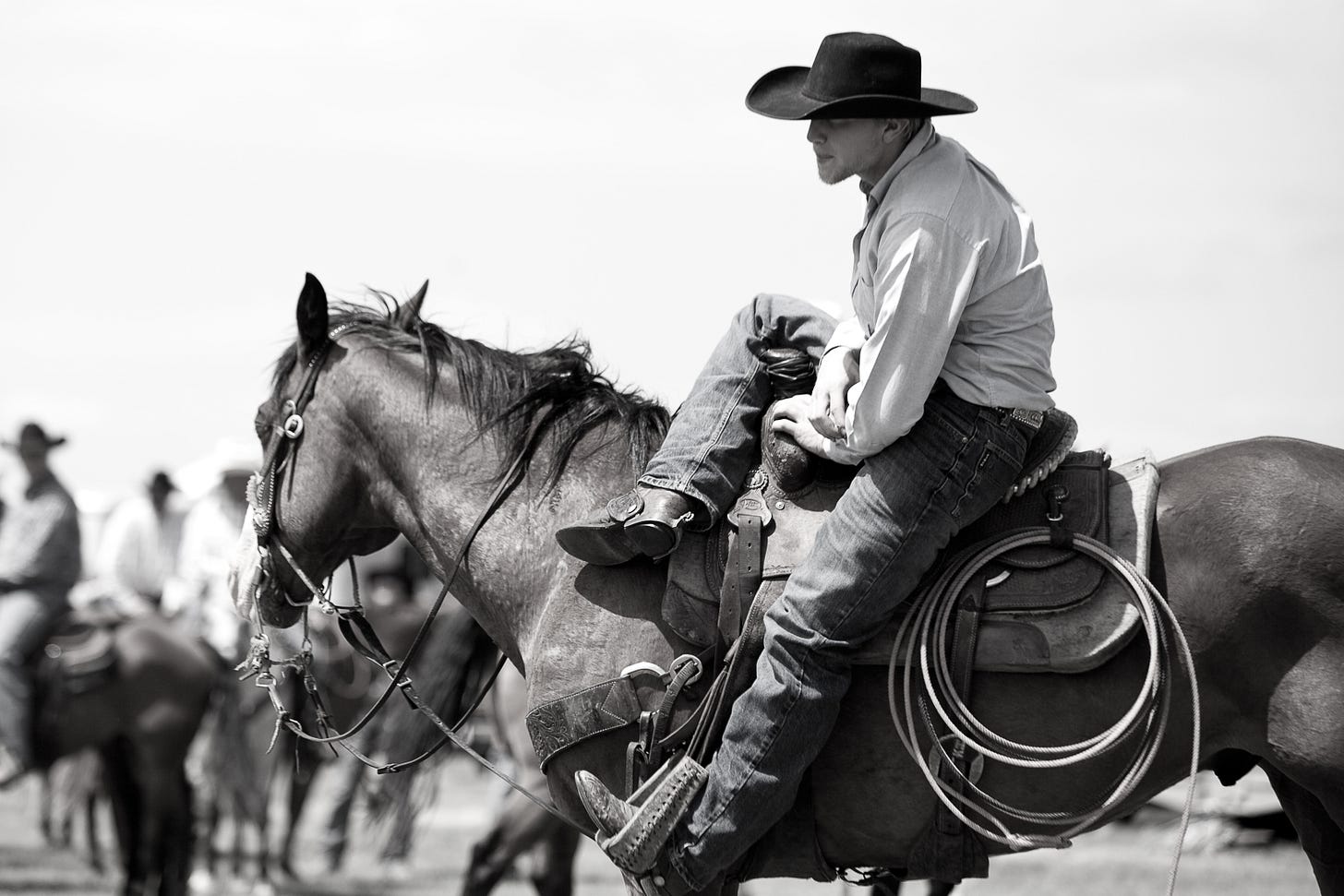
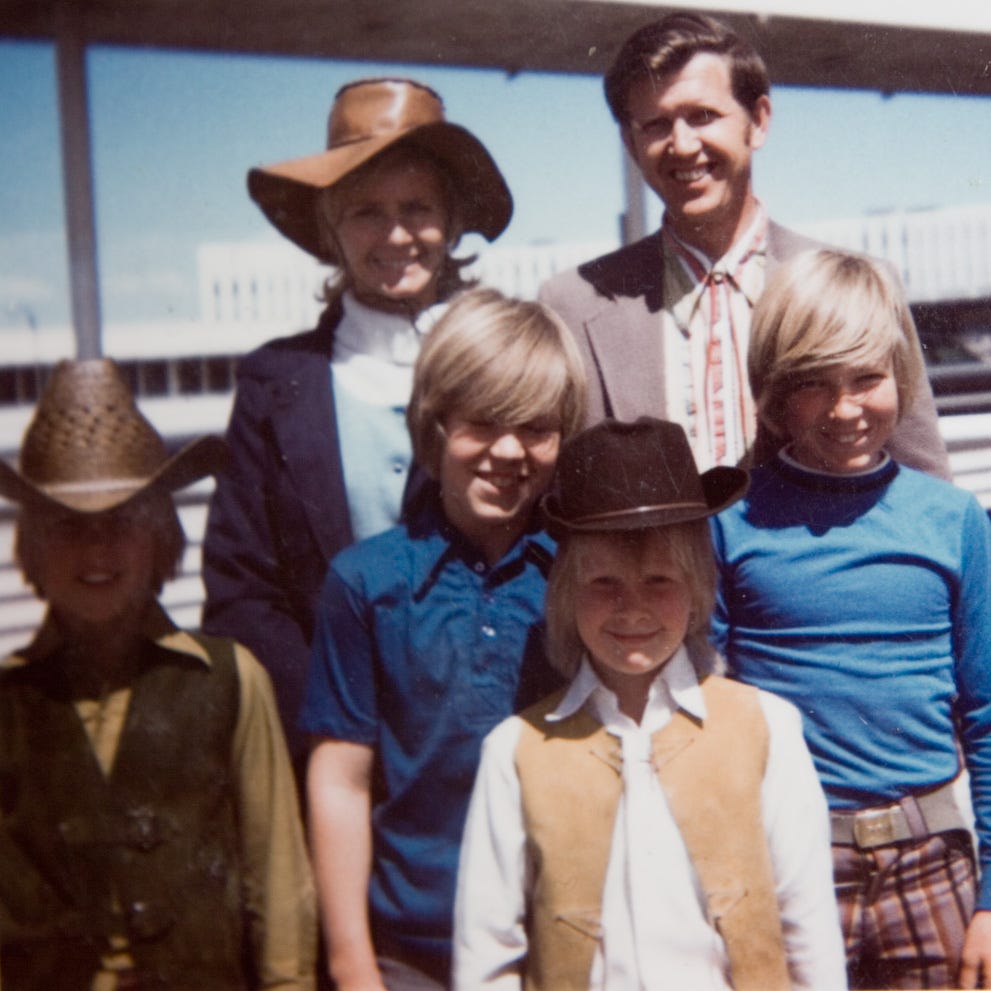

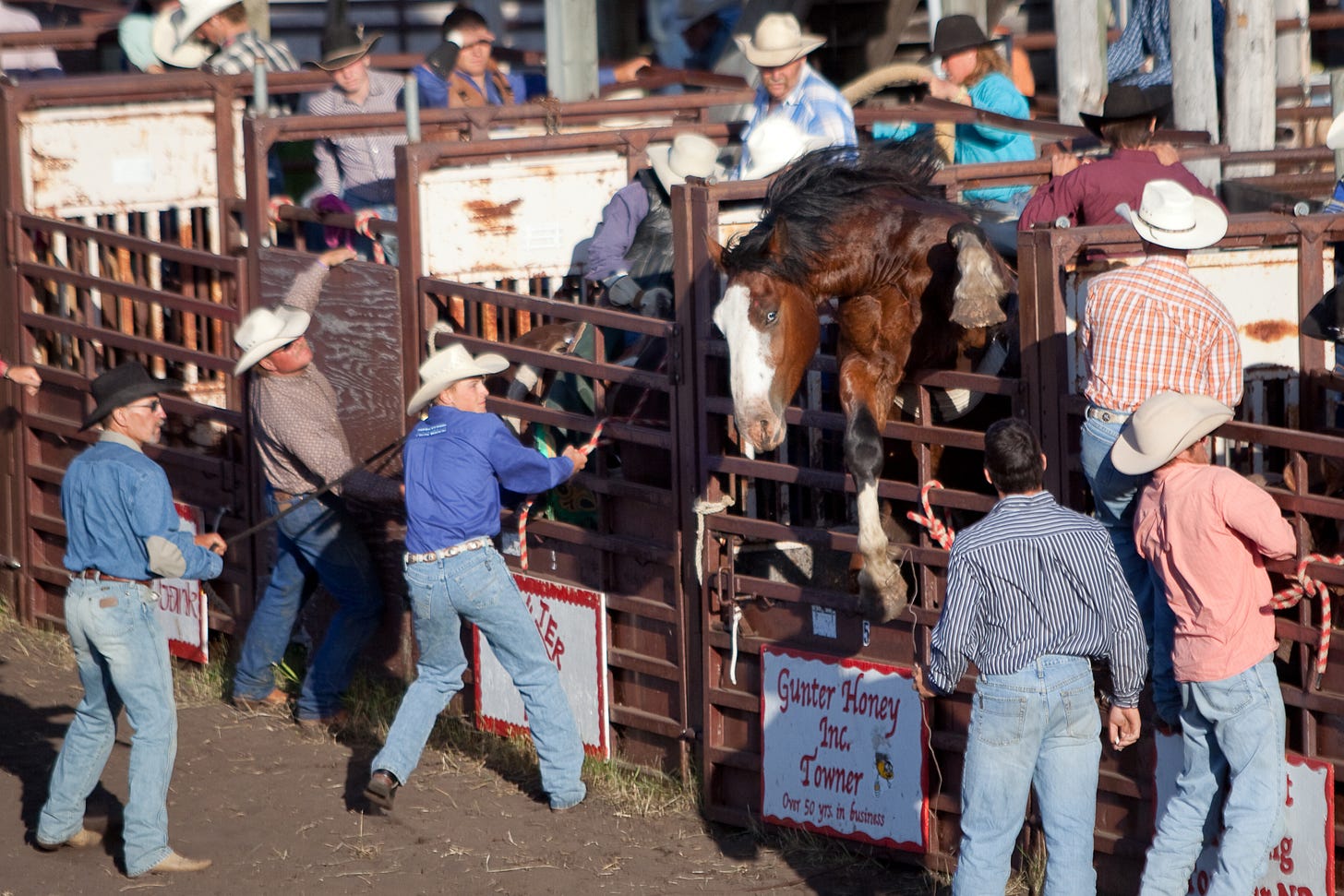

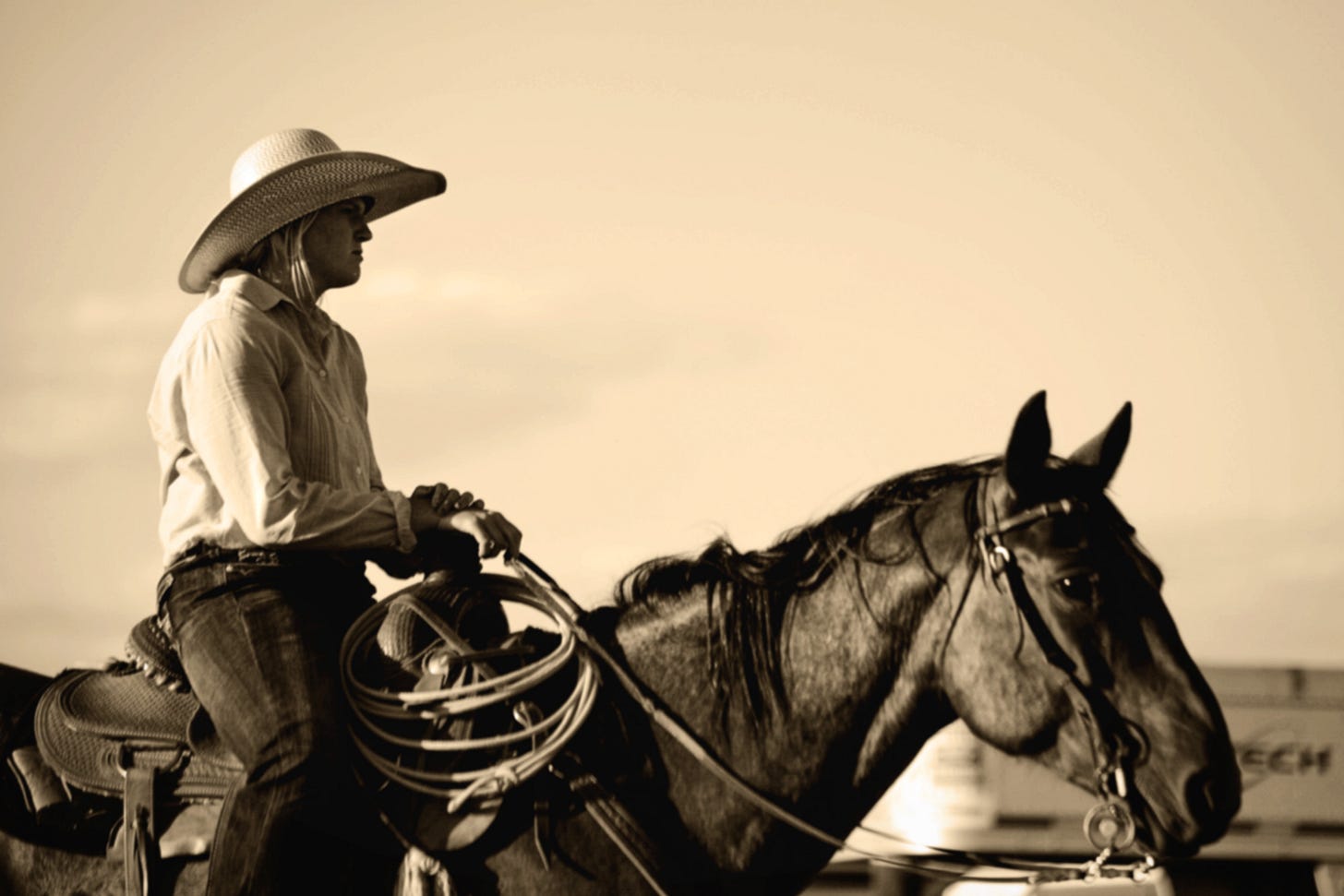
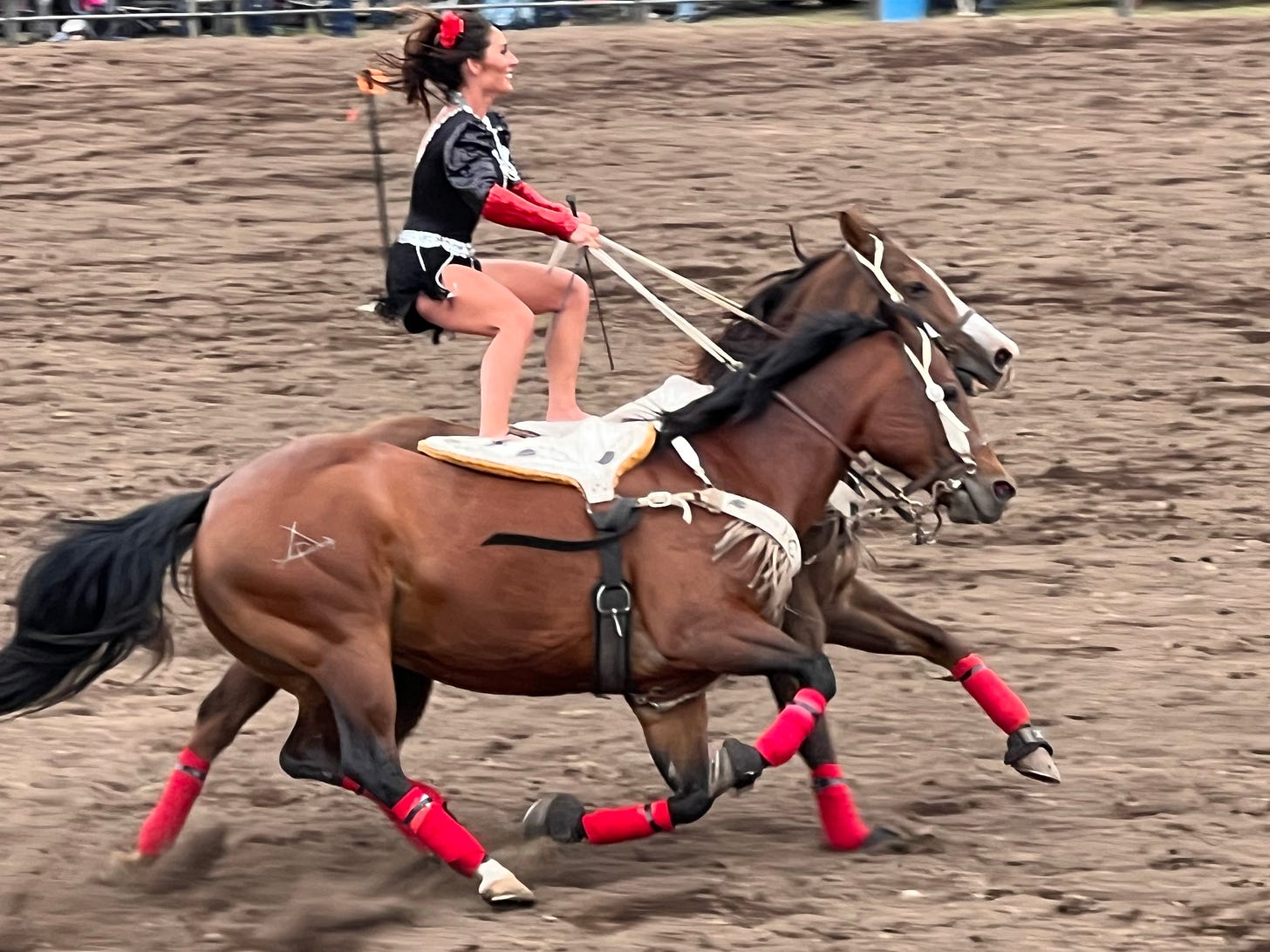
I love this story. Small town rodeos in the west are so full of spirit. There are no big prizes for the winners, just the love to compete and contribute to the event. Participation in humanity and community. Long hours of training for the joy of it and hopefully bragging rights. Great memories...!